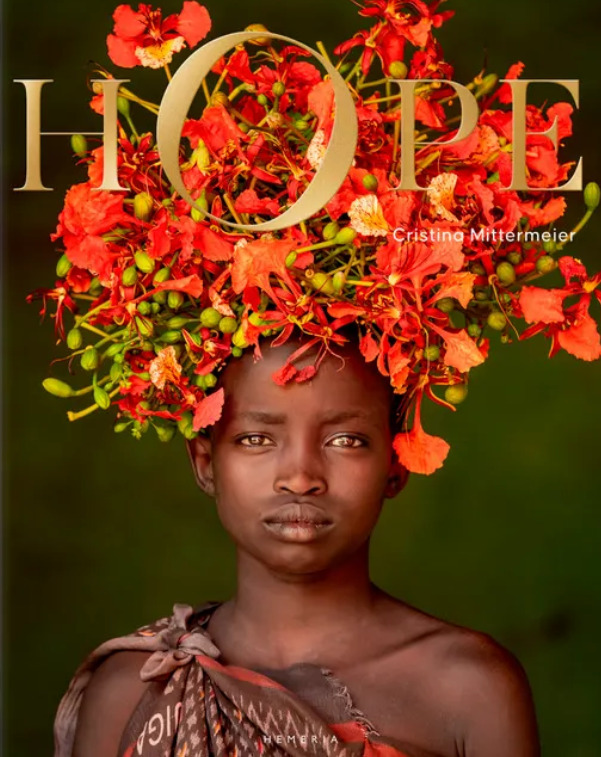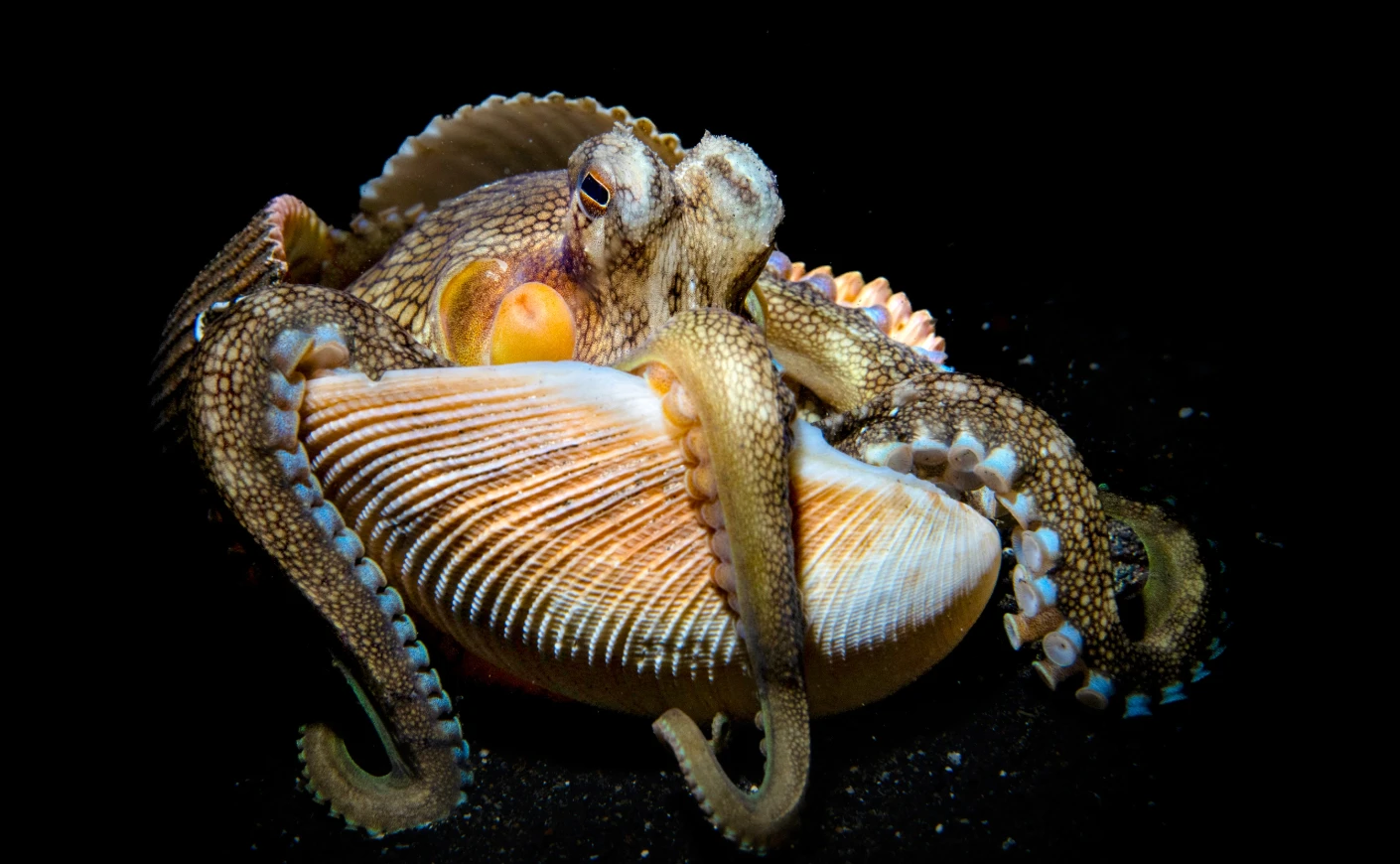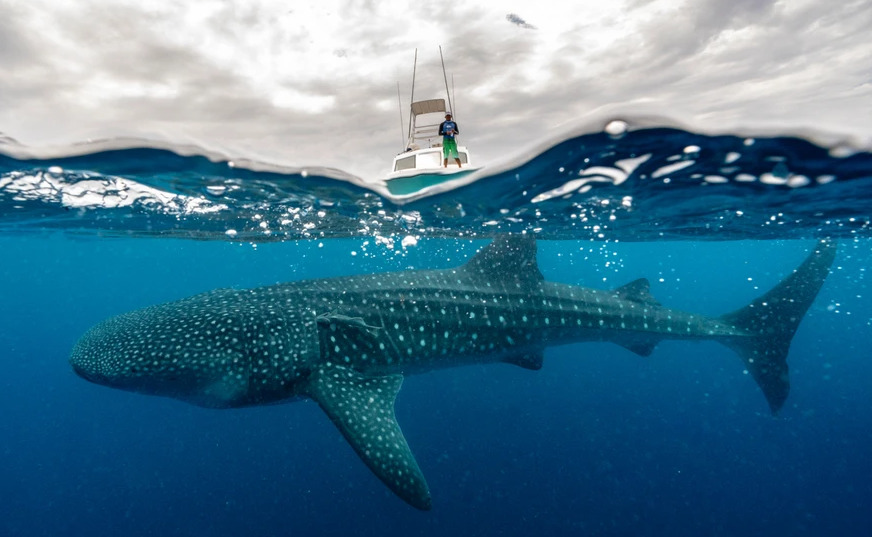Cristina Mittermeier, the founder of the International League of Conservation Photographers (ILCP) and co-founder of SeaLegacy, is a seminal figure in the preservation of ecosystems and indigenous cultures worldwide. She has pioneered conservation photography, a genre that seeks not only to capture the beauty of nature but to engage actively in its protection, fostering awareness and advocacy through visual storytelling. Her recent project, ‘Hope,’ assembles a collection of photographs that inspire optimism for the environmental cause. This project navigates the intricate relationship between humans and nature amidst climate change, opting for a hopeful narrative over apocalyptic predictions. ‘Hope’ features individuals and communities from the highlands of New Guinea to the Amazon’s depths, all of whom are dedicated to nurturing a harmonious relationship with the natural world. It presents a powerful counter-narrative to hyper-consumerism and environmental exploitation, showcasing global unity in environmental stewardship.
This ethos of hope and interconnectivity deeply resonates with the theme of this year’s Global Open Call, ‘Tree of Life: A Love Letter to Nature.’ This initiative seeks to underscore the critical need for a new paradigm in our relationship with nature, advocating for a dialogue that envisions a more harmonious coexistence with our planet and its creatures. We are honored to have Mittermeier among our distinguished jury members, which includes environmental activists, experts, artists, and curators. Her vast experience and profound empathy are invaluable in guiding us toward uncovering new visions and narratives that celebrate our interconnectedness with nature.
In anticipation of the release of her book, we engaged Mittermeier in a conversation about her publication, the driving forces behind her dedication to such a vast and complex cause, and the stories encapsulated within her photographs.
1. You’ve chosen to title your project “Hope” because amidst the prevailing pessimism induced by climate change, you’ve found optimism in the resilience of communities that cherish and protect nature. These communities perceive themselves as integral parts of nature rather than detached or superior to it. Besides community support, what other factors drive and sustain your commitment to this cause?
I chose Hope as the title for my book because Hope is a choice we need to make every day. If we become Hopeless, then there truly is no Hope. Finding energy and optimism in the words, actions, and ideas of others helps me remain hopeful. In my work as a photographer, I get to meet and spend time with countless individuals who are doing their share to protect and restore the health of our planet and that keeps me hopeful for a better future.







